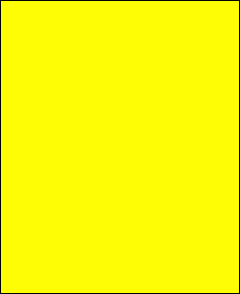
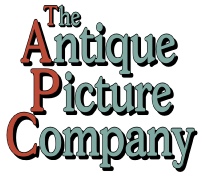
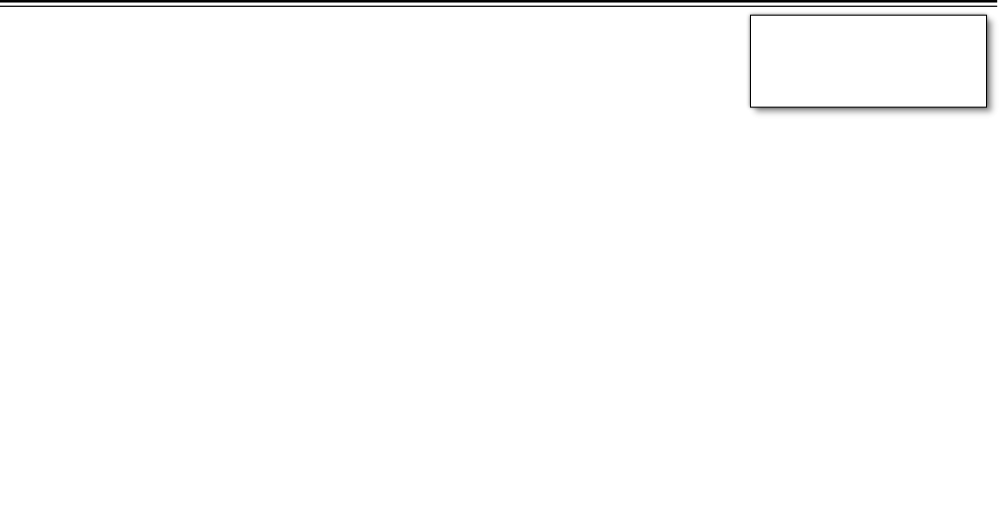
All our pictures are offered in a variety of formats to suit every pocket and every requirement, from A5 prints on high gloss photographic card to A2 canvas.
All pictures are printed with a border. Images do not bleed to the edge.
Printed images are set at 300 dpi
Blank greetings card: 135mm x 135mm on 240gsm, includes envelope
High gloss photo card: A5, A4 on 190gsm A3 on 260gsm
Poster: A2, A1
Canvas: A3, A2





Create your own special picture by adding a touch of colour to a black and white print. Click here for more details.

Let’s start at the very beginning.
We own a Magic Lantern. It has been in the family’s possession for over 40 years, having been rescued from the back of a cupboard of an old church that was being pulled down in the late 1960’s. With the Lantern came about 1000 glass slides.



Apart from the occasional slide shows that we used to give in church halls in the late 70’s and early 80’s they have all remained virtually untouched ever since. Until now.
But with the arrival of the computer age and digital cameras we are now able to faithfully reproduce pictures that were taken up to 160 years ago.
The first stage in the process is to carefully remove them from their long wooden storage boxes and hand polish both sides using an optical lens cleaning fluid, removing the dust, grime and finger prints from yesteryear. This stage takes a minute or so.
Next we photograph them in a

This lantern is a late model, possibly from the 1920s and possibly made by Butcher & Co.
It is lit by a 250w electric bulb but earlier lanterns would have used lime and a wick in a dish.
A typical glass slide. Two thin sheets of glass taped together with the image protected inside. These slides are all 3.25” (82mm)
square.
Coloured slides are actually hand painted black and
white pictures.
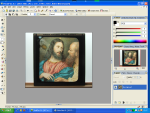
A photograph of a slide ready for editing using Serif PhotoPlus X3.
specially prepared light frame. We find that scanning them doesn’t work so they have to be photographed using a digital camera on a tripod. A box of 50 slides takes only about 15 minutes to process, provided that the final quality is of the highest possible standard. If, after looking at them closely on a computer, we are not happy with a batch, we will photograph them all again. Sometimes this may happen as many as four or five times.
Once on the computer we have to edit every digital image to remove the slide sides and crop out any cardboard mounting that the original slide manufacturer may have put between the glass sheets. At this stage we sometimes need to remove lines caused by breaks in the glass where the slide has either been forced into a box or left too long in the lantern, resulting in the heat from the lamp causing the glass to break. Generally the editing will take about ten minutes for a single picture but if we have to remove glass breaks it could be over an hour.
When we’re happy that everything looks as it should, three copies of each picture are created. One suitable to show as a thumbnail in the pages of this website, one set at the correct resolution to show as a blow-
The final step is to add each one to an appropriately labelled page in this website for you to find and study.
After all that, they are all ready for you to simply click on the ones you like and add them to a shopping cart having selected the format and size. We then print every picture individually to order on the very latest award winning professional standard printer from Canon.
A unique hand process that ensures you get the finest quality image from a photograph that was first conceived more than a century ago.
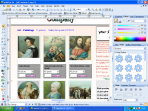
Preparation of a page from this website using Serif WebPlus X4.